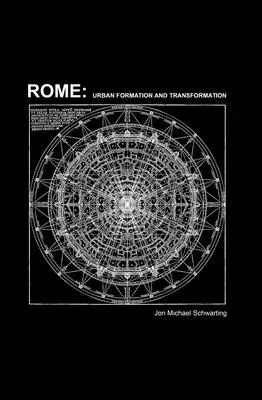Jon Michael Schwarting
(Author)Rome: Urban Formation and TransformationHardcover, 15 June 2017

Qty
1
Turbo
Ships in 2 - 3 days
In Stock
Free Delivery
Cash on Delivery
15 Days
Free Returns
Secure Checkout

Print Length
180 pages
Language
English
Publisher
Applied Research & Design
Date Published
15 Jun 2017
ISBN-10
1939621704
ISBN-13
9781939621702
Description
Product Details
Author:
Book Format:
Hardcover
Country of Origin:
US
Date Published:
15 June 2017
Dimensions:
28.45 x
28.7 x
2.54 cm
Genre:
Urban
ISBN-10:
1939621704
ISBN-13:
9781939621702
Language:
English
Pages:
180
Publisher:
Weight:
1723.65 gm